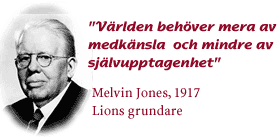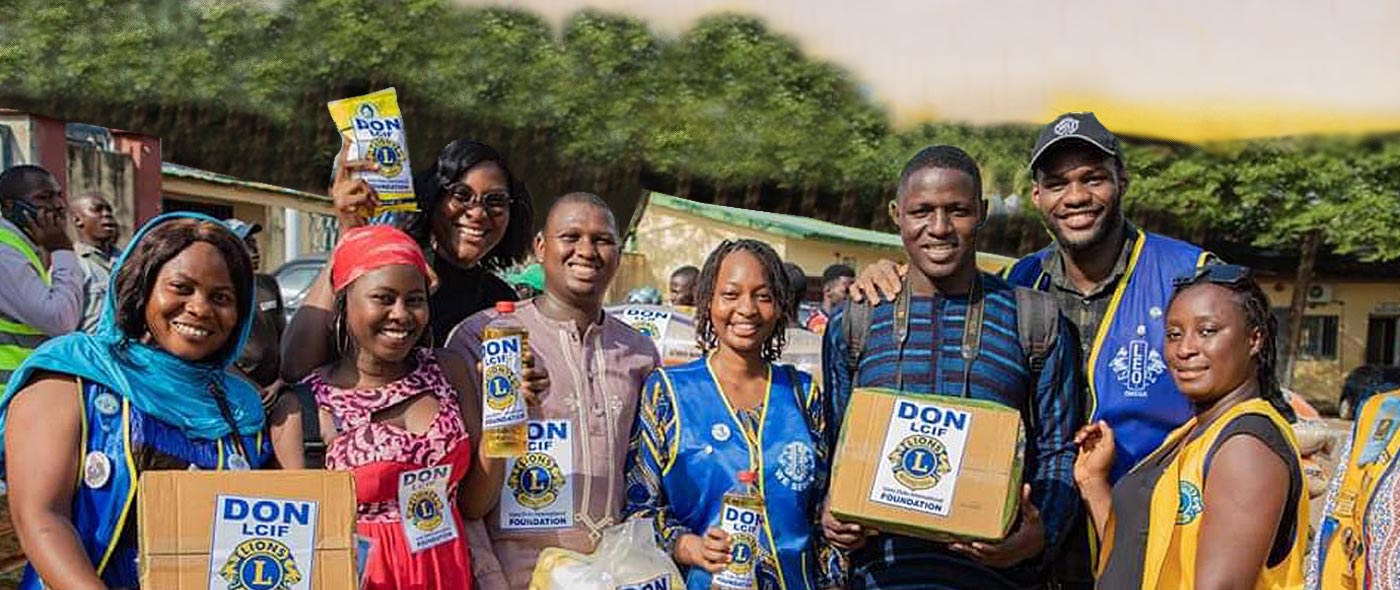LION'S history

The International Association of Lions Clubs is the result of the dream of American insurance salesman Melvin Jones.
He believed that local clubs for businessmen, instead of promoting the interests and financial gain of their members, should broaden their horizons. He suggested that they should join forces with like-minded people in other cities and towns to improve the community and support the people who live there.
Melvin Jones himself belonged to the “Business Circle of Chicago”, whose members agreed with him. He began a lively correspondence with clubs in other parts of the United States. Encouraged by many, Melvin Jones called a meeting on June 7, 1917, at the Hotel LaSalle in Chicago, Illinois, USA. Practically everyone agreed that an association should be formed, and a new meeting was called on October 8 of that year in Dallas, Texas, USA, where the name “Association of Lions Clubs”, bylaws, rules and ethics were adopted. One of the clauses stated: “No member shall make financial gain the object of his membership”. This is still one of the main rules of the organization today. Three years later, the movement became truly international when the first Lions club in Canada was formed in 1920. International growth continued and was particularly strong during the 1950s and 1960s, when clubs were formed in Europe, Asia and Africa.
Helen Keller gave a speech to the Lions in 1925 at the organization’s international convention in Cedar Point, Ohio, USA. She urged the audience to become “Knights of the Blind.” Since then, Lions clubs have been actively working to help the blind and visually impaired.
The organization, which has been interested from the beginning in improving understanding between the peoples of the world, participated in the formation of the United Nations “Non-Governmental Organizations” sections in 1945 and still holds a consultative position within the UN.
In 1990, the organization launched SightFirst, the most comprehensive blindness prevention program ever undertaken by Lions. This $143.5 million program is focused on combating preventable and curable blindness by addressing urgent health care needs.
In addition to vision programs, Lions work with youth activities, environmental conservation, housing for the disabled, diabetes education and hearing care. Lions also have their own foundation that provides grants when natural disasters occur around the world. Lions Clubs International today has nearly 1.4 million male and female members in 46,000 clubs in 194 countries and geographic areas.
The person who introduced the Lions movement to Sweden was Torgny Lange.
Sweden has had two international presidents, Per Ståhl, LC Eskilstuna (1961-62) and Sten Åkestam, LC Stockholm/Globen (1986-1987).
